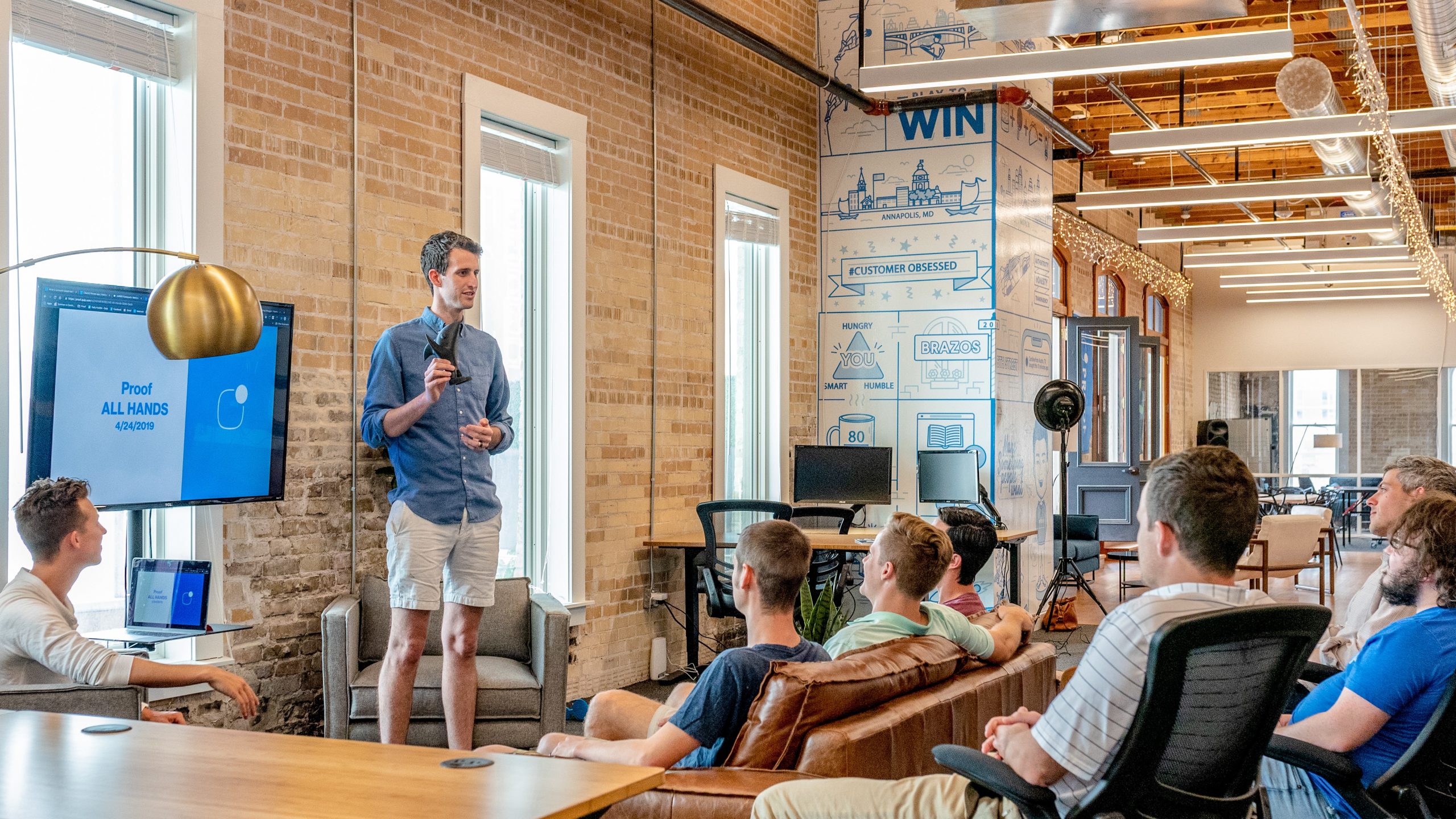As organisations tackle skills gaps and relentless competition for improved services and products, new research* reveals the disparity between employers and employees on workplace development.
The findings show 88% of business owners and C-level execs are given a choice on when, where, and how they do training; compared to just 37% of entry level employees. Furthermore, 42% of owners and C-suite executives who had training in the past year said they’d had more training than the previous year – while just 17% of intermediate or entry-level workers said they’d had more training than the previous year.
In addition to the amount of training on offer, business owners and C-level executives are almost three times more likely to call training “enjoyable” compared to junior employees and are at least two times more likely to call training “inspiring.” Conversely, 42% of intermediate and junior staff struggle with “boring and unengaging” training; with more than one third (36%) agreeing that workplace L&D has become “death by PowerPoint.”
“When someone is starting out their career, that’s usually when they’re most in need of training. Too often, they don’t get it, which can keep teams and individuals back from reaching their full potential,” comments Graham Glass, CEO of CYPHER Learning. “For higher performance, businesses can reset the balance by delivering quality, ‘executive-style’ training to staff at all levels.”
Learning and development (L&D) is regarded as a crucial factor in achieving business growth, employee satisfaction and successful recruitment. Analysing this, the survey of 4000 general workers in US and UK companies with over 500 employees reveals:
- 98% of all workers believe training is important for their role, with two-thirds (64%) agreeing that professional development has given them a competitive advantage.
- Over three-quarters (76%) are more likely to stay with an employer that prioritises training, with 71% agreeing that “a company that doesn’t invest in training doesn’t care about its employees.”
- Despite this, almost one fifth of all workers (17%) have not received any training at all in the last 12 months. Of those that have had training, some fail to see the benefits:
- One-in-twenty (5%) say they have received no benefit from training.
- 31% believe they are not prepared for future skills challenges.
- A third (34%) forgot their training within a month of completing it.
- It’s perhaps unsurprising that over a quarter (26%) of respondents see current training as a waste of money, offering no business value.
“Employees clearly place high value on training, which is why it can help to attract top talent. In fact, employees rank training as high a priority as healthcare,” said Glass. “But not all training programs are created equal! A system that delivers forgettable, generalised content, or doesn’t keep workers competitive, is less valuable to them and the organisation alike.”
Analysing what learners want from their training reveals most are focused on using development to improve their job performance. The top three desired outcomes include: improving their skills (45%), increasing their performance at work (45%) and driving up the quality of their work (39%).
When looking at how L&D efforts could support them in these goals, 41% of workers that have received training in the last year call for it to be more tailored to their job roles. Furthermore, 39% believe development should be more fun and engaging, with only 15% of respondents saying training they have received was fun. Introducing gamification elements, as well as technology like AR and VR, would make training more fun, according to two-thirds (67%) of workers.
“It’s crucial that businesses modernise their development programs. But that’s harder with outdated infrastructure, content, and resources. Greater personalisation at scale takes a more agile platform – something that supports competency-based skills development one employee at a time. Such a platform can foster a culture of habitual reskilling that unlocks more potential organisation-wide and keeps the innovation engine purring,” Glass concludes.
*Research CYPHER Learning
https://www.cypherlearning.com/the-state-of-corporate-learning-and-developement-2023.









